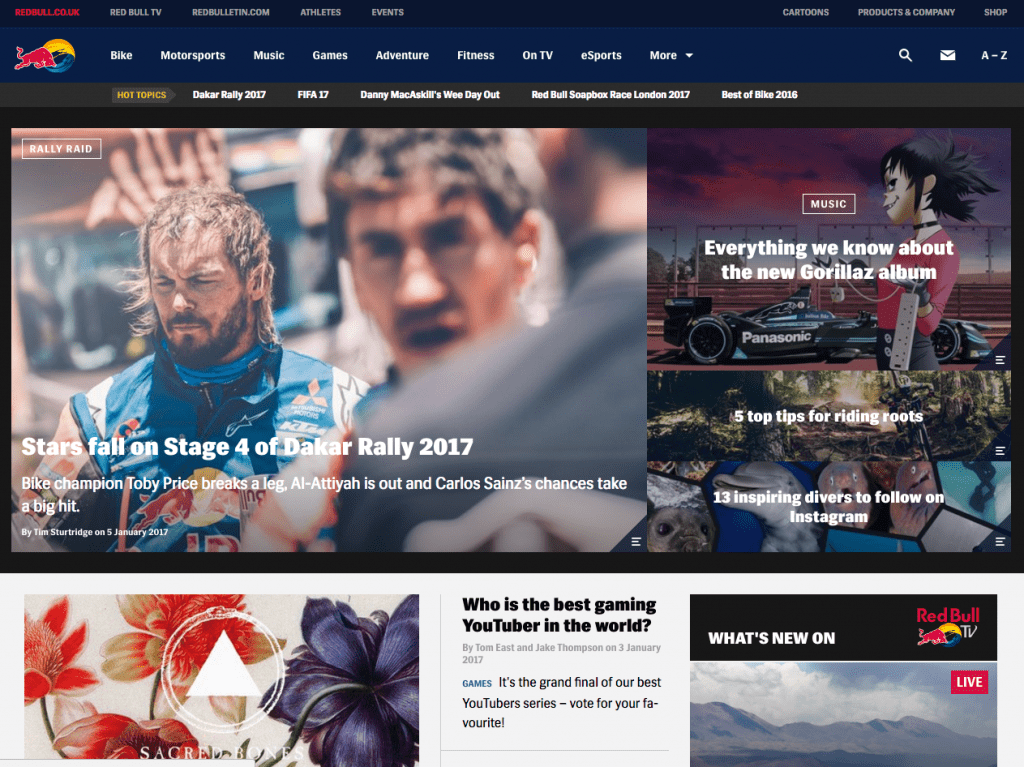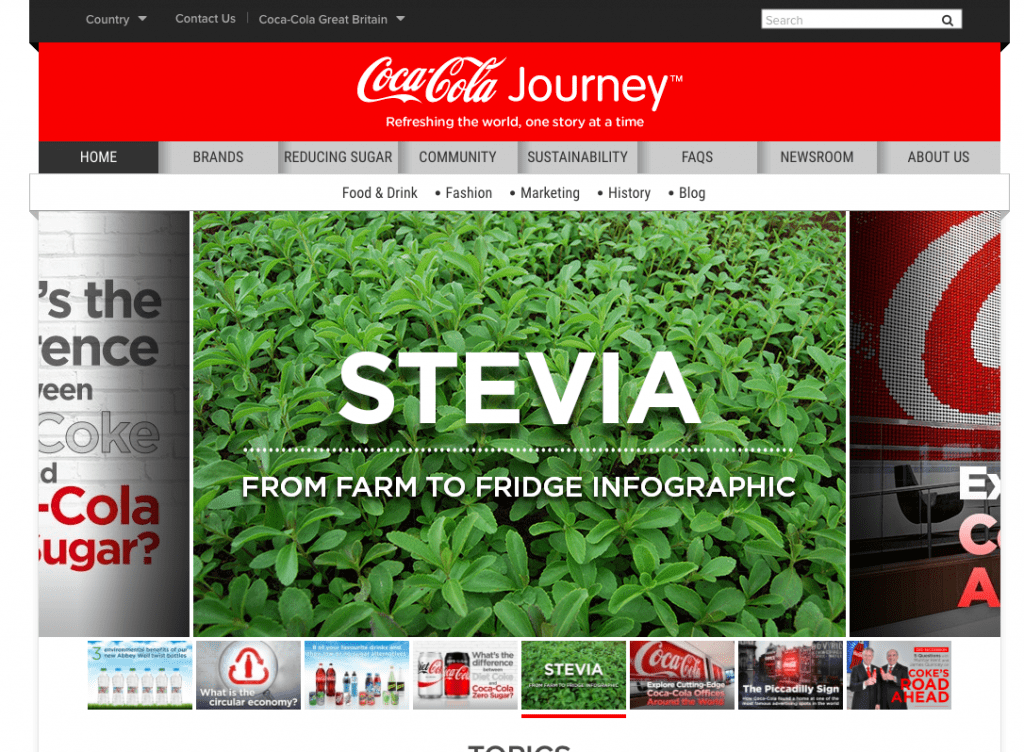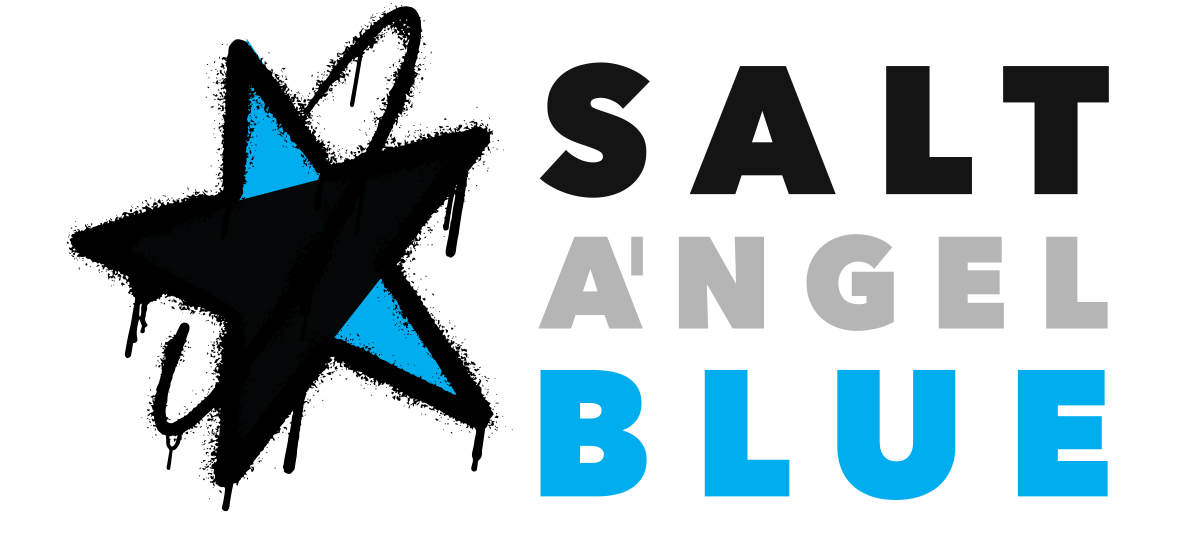The world is changing, social media is evolving and digital is disrupting..
yada, yada, yada.. We get it. The digital world is big, bold and changing the world.
But what’s new?
I’ve picked my top five predictions for the online world in 2017:
A version of this blog originally appeared on cicerodigital.com
1. Personal News
There has been a massive shift in how we access relevant news. Not so long ago we were subject to a small realm of news sources: TV, Newspapers, Magazine, Radio and day-to-day chats with colleagues catching up in the office kitchen. But things have changed (well maybe not the office chats). We now have access to a huge plethora of information, literally at our fingertips (and I use the literally in the literal sense). In June 2016, the BBC found that 28% of 18-24 year olds use social media as their primary source for news. This is a huge shift in behaviour. People no longer watch the news, but they control news relevant to them. Social media platforms like Facebook focus on using algorithms that only show relevant content. Any content that isn’t appropriate can be switched of in an instance, and the likes of such will never be seen again. The only news appearing in a feed is if that of friends and family and from any pages that have been subscribed too. Such behaviour is also responsible for other challenges such as echo chambers, but in terms of accessing news, this means that everyone is a potential media outlet. No longer do journalists dominate the narrative, but now anyone with a website, Facebook page, or Twitter profile can create news and share with their audience. There is a blurring of the lines between company media outlets and news outlets. More and more companies are focusing on creating engaging content that meet the needs of their audience. Take the likes of Red Bull and Coca-Cola for example:

Visiting the Red Bull website, you can be excused for thinking this is indeed a news outlet. There is not one mention of their product, but countless articles on alternative culture.
The same can be said for Coca-Cola. Their site was developed with a specific focus on videos and graphics offering content aimed for a wide range of journalists, bloggers and writers.


The main takeaway for any brand is to note the potential to reach new customers on social media through brand ambassadors and associates. There is now an opportunity to tell your story and offer your point of view on the world around you to an audience relevant to you.
In 2017 this trend will only increase as more and more companies continue to create their own content and grow through online platforms.
2. VR & AR Continue to grow
Remember Pokémon Go? Remember how in July last year the world went nuts for it? Well this was just a small example of what AR has the power to do (albeit a very fleeting example). Technology has immense capabilities of layering data onto different platforms, in this case layering your GPS data into the geographical data held by Google maps. Even social media platforms have stepped up their AR game with the likes of Facebook messenger, Instagram and Snapchat using live camera filters to make messages more fun and exciting (all-the-while plugging sponsored content from brands and companies). Developments in AR open the door to countless possibilities of how it can enhance real-world activity.


VR will also continue to flourish. 2016 saw the rise of some major players in VR hardware (HTC Vive, Playstation VR, Oculus) who are all looking to capitalise on the new technology. Multiple tech companies including Samsung, Facebook, Apple, Sony and Microsoft are investing millions into the emerging market due to its huge potential. We even saw the likes of New York Times get involved with a Virtual Reality news reader.
Ones to watch? Keep an eye on Snap from Snapchat and maybe even something from Facebook.
There a still a few stumbling blocks for both emerging technologies to overcome, but expect a lot more exploration in 2017 as companies try to get a foothold in a potentially vast market.
3. Conscious Advertising
Playtime is over. Social media advertising is no longer a new toy to play around with. It’s time to get serious.
There was a huge backlash against advertising in 2016. Ad-blocking has become a real headache for advertisers and has fundamentally given people more control over what they see when browsing online. No longer do you have to put up with annoying pop-ups and auto-play videos. You can now just delete them from your online experience. This has in-turn given media agencies the kick they need to realise that irrelevant and poor quality ads just won’t cut it anymore. Online consumers don’t want flimsy banner adverts and epilepsy inducing GIFs. They want authentic products that resonate with their needs.


This realisation also complements the wider trend of building more sustainable brands and understanding the wider impact of all business activity. As people become more aware of their power as a consumer through tools like ad-blocker, agencies must rethink their strategy resulting in a more conscious approach to advertising. This will lead to more authentic and innovative adverts that focus less on grabbing the attention of the masses and focus more on offering specific information to smaller, more specific groups. Agencies can now target these specific groups using their online data leading to a much more personal service.
2017 will bring adverts tailored to your specific needs based on your online behaviour.
4. Facebook & Google vs Large Corporates
Behind the scenes both Facebook and Google invest vast amounts of time and energy studying how you access web pages and online content. Google recently introduced there Accelerated Mobile Pages (AMP) update to their search engine results page in a bid to make sure you keep using Google search as the first step when accessing the internet. Facebook also made their own developments as they capitalise on the fact that people now also use Facebook as their starting point when browsing online by developing their own in-app browser. Both Facebook and Google are aware of the value that comes with being the first step in the online journey.
However, like every valuable property, more and more people want a piece of the action. Which is why large corporates are now looking at ways in which they can create their own online tech that introduce people to their platforms. This will coincide heavily with the internet of things. As more and more devices become equipped with internet access aimed at making a more streamlined service (think smart gas meters such as Nest), more hubs and dashboards will aim to become an access point beyond the traditional desktop and mobile.
Take for example Amazon’s Echo. This new piece of tech works in the same way as Google Assistant and Siri and after receiving positive reviews from the tech community is a major contender. This is a great addition to the Amazon empire and marks a step into new and innovative markets. Although the notion of voice activated searches still seems awkward and cheesy, it has been tipped as the future of how we interact with the online world. If this is true, then Amazon have made a great leap into becoming a challenger to the current status quo.


Or look at how Netflix and Apple TV offer an alternative means to accessing new content. The vision of both platforms is to offer a streaming service that allows you to pull in media at the touch of a button without downloading any files. They have both already cemented a strong place in our home lives which is always a difficult objective to overcome when inventing new technology: if new tech can’t easily be adapted into day-to-day consumer behaviour then it is always going to be an uphill struggle. The fact that Apple TV and Netflix have successfully made the transition into our living rooms gives them a strong foothold in becoming a major player in the connected home. One can easily envisage how such a platform can be developed into the central hub for how we access the internet through our TVs.
However, don’t expect to have everything in your home to be centrally connected in 2017. This year is more of a ‘let the battle commence’ kind of deal. Expect to see countless everyday objects being fitted with Wi-Fi access that lets you do a great deal of weird and interesting things, including wireless breast pumps, cameras update you on the content of your fridge, voice commanded bins and even a toothbrush that emails you updates on how to improve your brushing technique. Neat huh?
These developments will also start to creep into the workplace. As people are empowered to manage their lives more effectively, the technology will subsequently allow people to better manage aspects of their work-life. The real problem however, lies in how this transition is managed. Connected devices rely heavily on personalisation, something which in the workplace has never been an easy fit when you need to supply every employee with the same equipment. As smartphones become more powerful they have the potential to greatly increase employee productivity, but managing many digital devices would be a logistical nightmare. Thus, as a solution companies will start offering a more flexible approach to working. 2017 will see organisations rolling out these benefits in a bid to offer a more productive approach for their workforce.
5. Streamline of social media and actual ROI
The final big thing that will affect digital this year is how it is measured from a business perspective. Gone are the days when digital and social media were a just novel addition to a company. Digital has now established itself as a vital necessity to modern business. When integrated appropriately, it can dramatically improve major elements of business including customer service, lead generation, and internal processes.
As internal digital teams start taking on these responsibilities more emphasise will be placed on the actual return on investment. 2017 is the year digital officially grows up. Quantifying exactly how aspects of digital technology add value to a company will become just as important as every other target. As a direct result, the emphasis on vanity metrics will finally start to recede for more valuable sets of data. Companies will start thinking smarter overlooking stats such as number of followers, retweets, number of visits to a website or number of sign-ups to a newsletter and start recognising more worthwhile information such as engagement rates, click-through rates and conversion rates, which can then be correlated with sales data to create a metric that is quantifiable in monetary terms.


Ok, so that’s a very specific development to the industry, but what it means on a macro level is that a companies’ output on social media and website will start to be treated in the same light as the sales and marketing team. Finally, the term ‘integrated’ will actually be true. No longer will the digital team be a cute add-on that operates in silo, but the role of digital practitioners will start to take on a more significance in the board room.
2017 is set to be another ground-breaking year for the digital industry. Technology is increasing at an unprecedented rate, consumers are receiving more control over how and what they access online and social media is being accepted as a major source of income.






